
(L-R: Maj. Gen. Lincoln M. Cummings, Col. Richard H. Verheul, Col. John B. Morris, Brig. Gen. Ivan E. Jackson, Col. Robert M. Beechinor, Lt. Col. Donald K Russell)
Photo taken by the 123rd Recon Tech Squadron of the Arkansas Air National Guard. This picture was taken at the now-closed Ricks Armory, located at 4700 West 8th Street, Little Rock, AR 72204.
This episode evaluates the Army’s nuclear weapons strategy and reorganization during the Cold War, and how tactical nuclear weapons impacted, both positively and negatively, US deterrence efforts. The episode concludes by highlighting the service of National Guardsmen during the Vietnam War.
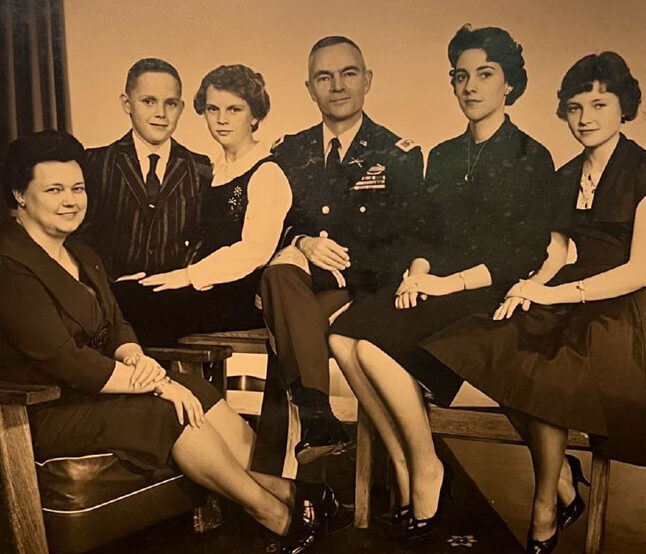

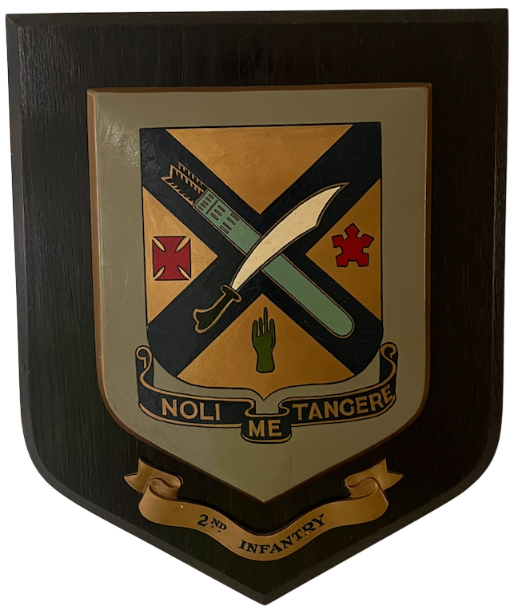
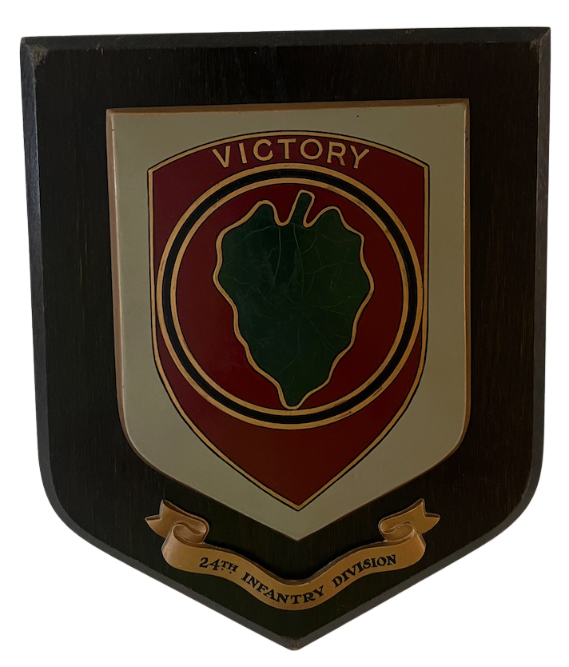


Episode Three Audio Credits
“Aircraft: Helicopters – Westland Whirlwind.” BBC Rewind – Sound Effects. Accessed August 11, 2025.
This sound effect is that of a helicopter flying to represent the sound of a Huey helicopter.
“Aircraft: Lightning Twin-Jet Fighter.” BBC Rewind – Sound Effects. Accessed August 13, 2025.
This sound effect is that of a plane landing to represent Col. Verheul’s move to Germany.
Alex Wellerstein. “King of the Wild Frontier,” Restricted Data: A Nuclear History Blog, July 20, 2012, accessed May 4, 2025.
This piece analyzes specific metrics of the Davy Crocket systems and describes how the Army embedded the weapon into its formations.
“Army Advisor Leaves Post.” Clipping from Unknown Newspaper, circa 1970, Author’s collection.
This article recalls the ceremony at which Col. Verheul was awarded the Legion of Merit for service to the Arkansas Army National Guard.
This work thoroughly explores and scrutinizes the US Army’s pentomic structure and how tactical nuclear weapons shaped Army’s doctrine during the Cold War.
“Big Picture: The Atom Soldier.” National Archives and Records Administration, 1955.
This documentary and training film depicts drill and nuclear tests to explain how the Army plans to adapt to a nuclear battlefield. Soundbites are embedded in episode three.
“DD-214.” National Archives, circa 1970.
Col. Verheul’s discharge paperwork details many aspects of his career, such as promotions, awards, and courses completed.
“Free Church-Bell Sound Effects.” Pixabay. Accessed August 13, 2025.
This sound effect is that of church solemn church bells to symbolize the loss of life that could have been inflicted by the use of the Davy Crockett Recoilless Rifle.
Griffin, Christopher J. “Cold War Lessons for Revitalizing Deterrence.” National Institute for Public Policy, no. 598 (2024).
This study articulates the lessons learned from the “New Look” and “Flexible Response” strategies pursued during the Cold War and how tactical nuclear weapons impacted both doctrines.
“Guard Advisor Will Retire on January 31.” Clipping from Unknown Newspaper, circa 1970, Author’s collection.
This article mentions Col. Verheul’s impending retirement and provides an overview of his various career assignments.
“Hohenfels.” Clipping from Unknown Newspaper, circa 1962, Author’s collection.
This brief article details the farewell ceremony held by the 24th Infantry Division upon Col. Verheul’s departure from the unit.
Jennings, Patrick R. “M28 Davy Crockett.” National Museum of the United States Army.
This article explores the development of the M28 Davy Crockett.
Linn, Brian. Elvis’s Army: Cold War GIs and the Atomic Battlefield. (Cambridge, MA: Harvard University Press, 2016) 85-90, 6, 108-111, 114, 128-130, 204, 225, 300, 303.
This work examines the overall structure and strategy of the US Army during the Cold War. Attention is given to the development and deployment of tactical nuclear weapons such as the Davy Crockett and how they impacted the Cold War.
“Period Battle – Volley of Cannon Fire.” BBC Rewind – Sound Effects. Accessed August 12, 2025.
This sound effect is that of an artillery barrage to represent the firepower desired by Gen. Taylor.
“Small Arms Battle.” BBC Rewind – Sound Effects. Accessed August 11, 2025.
This sound effect is that of a skirmish to represent battle.
“Take Cover-Sound Effect.” YouTube, 2025.
This sound effect is that of a soldier yelling for cover to help illustrate the referenced dangers posed by the Davy Crockett Recoilless Rifle.
This sound effect is that of tanks driving to illustrate the likely presence of armor in a Soviet invasion through the referenced Fulda Gap.
This article provides an overview of Gen. Taylor’s career and role in the Army’s adoption of the “Flexible Response” strategy during the Cold War.
Trauschweizer, Ingo. Maxwell Taylor’s Cold War: From Berlin to Vietnam. (Lexington, KY: University Press of Kentucky, 2019) 69.
This work touches on Gen. Maxwell Taylor’s prescribed pentomic structure for Army formations during the mid-1950s to early-1960s.
“U.S. Army Installations – Würzburg.” US Army in Germany.
This article offers lots of details regarding the US Army base at Würzburg, Germany where Col. Verheul served as the post commander under the command of US Army Europe. During his time at the base, the 3rd Infantry Division was housed there.
This sound effect is that of a bomb explosion and symbolizes the blast of the referenced Davy Crockett Recoilless Rifle.
Verheul, Richard H. “The Legion of Merit.” US War Office, 1970.
The citation for Col. Verheul’s Legion of Merit specifies the period for which his service warranted the award (August 1963–January 1970).
“Vietnam War 50th Commemoration: 1967.” National Guard, 2016.
This article commemorates the service of National Guardsmen who volunteered for duty to Vietnam which highlights the significance of National Guard training during the conflict.
“Vietnam War 50th Commemoration: 1967.” National Guard, 2016.
This article provides further details regarding the service of National Guardsmen during the Vietnam Wa
“24th Infantry Division.” US Army in Germany.
This article features numerous photos, anecdotes, and accounts detailing the 24th Infantry Division’s experience in Germany during the Cold War. Col. Verheul served with the division at Augsburg, Germany as a Battle Group commander.
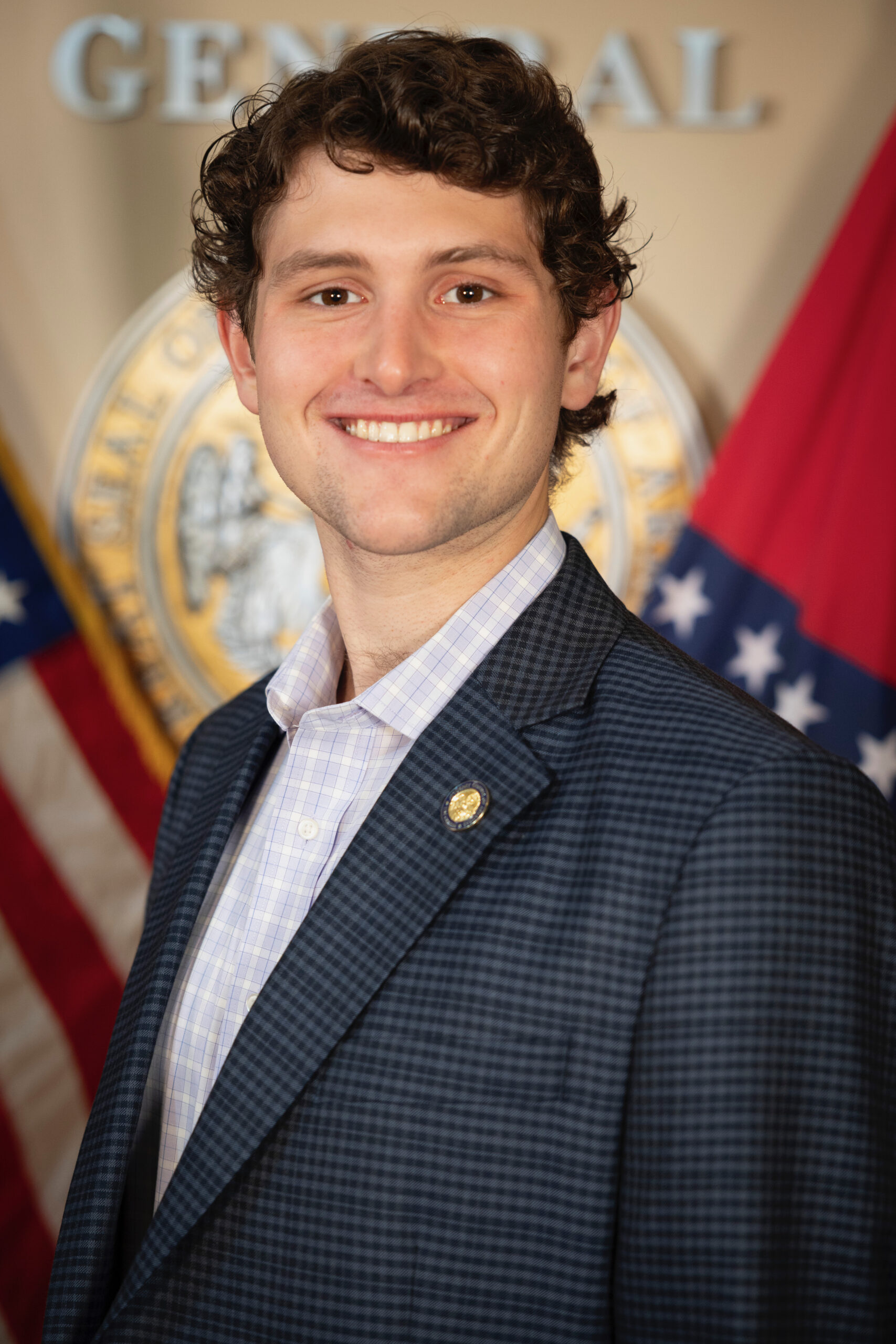
Sam Taylor, Host
Sam Taylor is a M.A. student and Graduate Assistant in the Department of History at Texas Christian University.
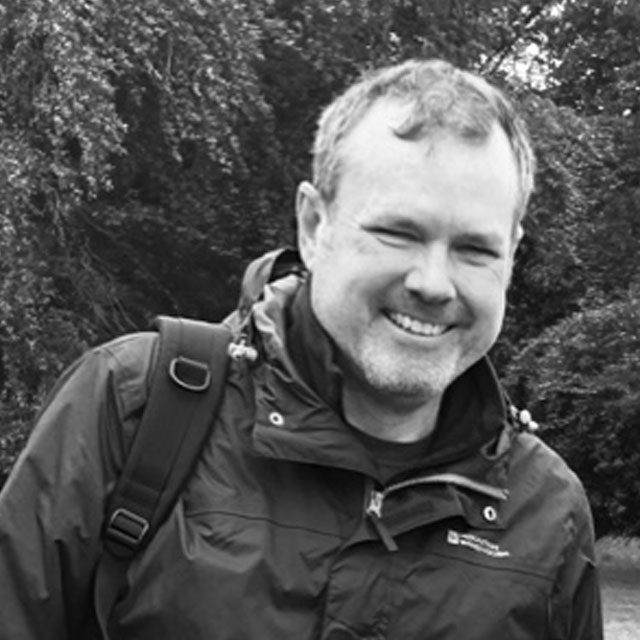
Meet Our Guest
Bill Allison is a scholar of American military history, specifically the Vietnam War. He co-hosts with Prof. Brian Feltman, also of Georgia Southern University, the podcast Military Historians are People, Too!